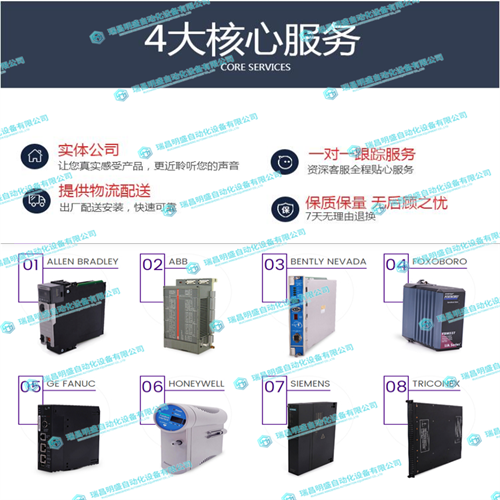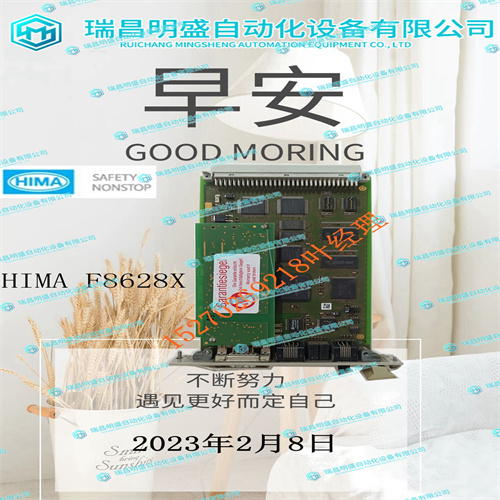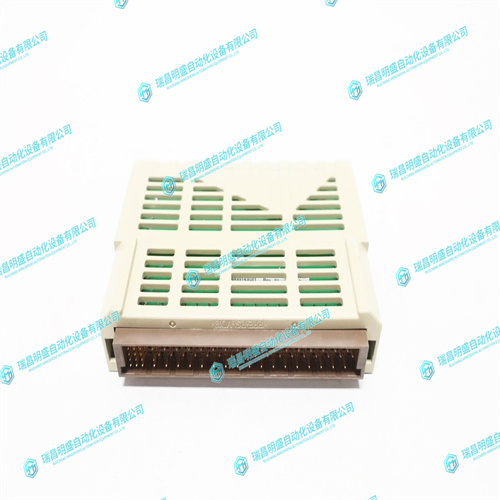EMERSON 1C31110G01数字输入模块
注释表示重要信息。它需要注意需要强调的程序、实践或条件。符号和术语本产品连接了基于Intel的PC和基于摩托罗拉的VMEbus控制器的传统分歧世界;因此,对“常规”符号和术语可能存在一些混淆。已尽一切努力使本手册保持一致,遵守Motorola/VMEbus世界的典型惯例;不过,这两个阵营的用户都应该注意以下注意事项:•十六进制数字是摩托罗拉风格的列表,前缀是美元符号:例如,$F79。相比之下,根据Intel惯例,相同的数字表示为0F79H,或者许多程序员表示为0xF79。不太常见的是F79h或数学家的F7916。•8位的量被称为“字节”,16位的量称为“字”,32位的量则称为“长字”。Intel的惯例是类似的,尽管它们的32位量更常被称为一个“双字”
NOTE denotes important information. It calls attention to a procedure, practice or
condition which is essential to highlight.Notation and Terminology
This product bridges the traditionally divergent worlds of Intel-based PC’s and
Motorola-based VMEbus controllers; therefore, some confusion over “conventional”
notation and terminology may exist. Every effort has been made to make this manual
consistent by adhering to conventions typical for the Motorola/VMEbus world;
nevertheless, users in both camps should review the following notes:
• Hexadecimal numbers are listed Motorola-style, prefixed with a dollar sign:
$F79, for example. By contrast, this same number would be signified 0F79H
according to the Intel convention, or 0xF79 by many programmers. Less
common are forms such as F79h or the mathematician’s F7916.
• An 8-bit quantity is termed a “byte,” a 16-bit quantity is termed a “word,” and a
32-bit quantity is termed a “longword.” The Intel convention is similar,
although their 32-bit quantity is more often called a “doubleword.”













